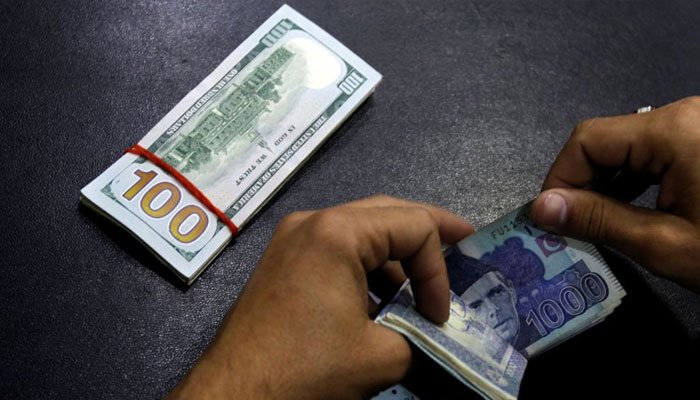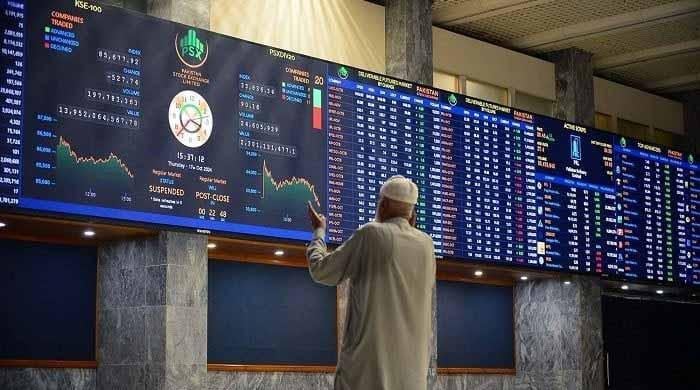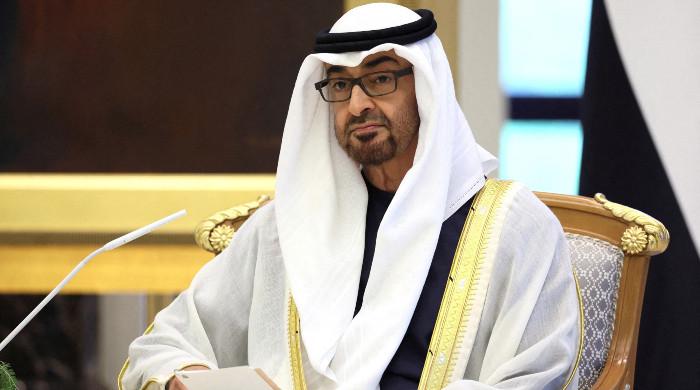Weekly currency update: Pakistani rupee to remain stable, say traders
Analysts say rupee has been polarised with developments tugging it both ways
August 22, 2021

- The local unit remained steady during three trading sessions this week, say traders.
- Rupee likely to trade in 164.10 to 164.40 per dollar range.
- Analysts say rupee has been polarised with developments tugging it both ways.
KARACHI: The Pakistani rupee is expected to remain stable against the US dollar next week in the market, as the demand and supply for the US dollar will almost match, said sources.
According to a report published in The News, the local unit remained steady during the three trading sessions of this week.
“We expect the rupee to stay stable in the days ahead with inflows from remittances and exports balance with demand from the importers,” said a foreign exchange trader at a commercial bank.
“There are approximate $2.8 billion inflows coming in from the International Monetary Fund on Monday on account of its new global special drawing rights allocation, it would help boost forex reserves and lend support to the rupee,” he added.
The rupee is likely to trade in the range of 164.10 to 164.40 per dollar, he said. Analysts said the rupee has been polarised with developments tugging it both ways.
On the positive front, besides expected IMF inflows, most commodity prices fell in the outgoing week with oil prices easing by around six percent on average, and the current account deficit showing a month-on-month improvement clocking in at $773 million in July, compared with $1.6 billion in the previous month.
Moreover, the real effective exchange rate (REER) was slightly better in July than in the previous month. The REER depreciated to 99.4 in July, compared with 99.8 in June.
“On the adverse side, analysts are pricing in a rate hike by Fed. An increase in US interest rates will reverse flows to the US markets, consequently weakening almost all currencies, including the emerging markets. Last week we saw dollar index making a 9 1/2 month high,” an analyst at Tresmark said in a client note on Saturday.
Secondly, logistical issues of the trade industry risk some disruption in shipments. And lastly, the uncertainty surrounding the Afghan will negatively impact the rupee, he said.
With respect to Afghanistan, the low level of forex reserves and the need for basic commodities will mean active cross-border smuggling of commodities as well as hard currencies, he added.
“At the moment, factors are stacked up higher for a weaker rupee, but a recent depreciation of 7.50 percent in last 3 months may be considered sufficient by the market.”
Taliban’s control over Afghanistan could have serious implications for Pakistan on the geopolitical and security front; direct economic impact appears to be insignificant; however, deterioration of ties with the US can affect the IMF programme, according to analysts.
Pakistan’s 10-year US dollar bond saw a 25 basis points rise in the yield on Monday, as investors offloaded the debt securities.









